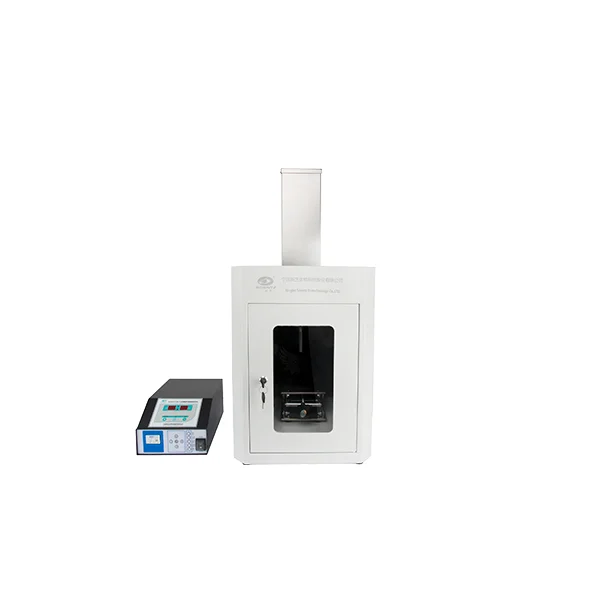A chainsaw chain is an essential component of a chainsaw, responsible for cutting through wood efficiently. However, over time, the chain can become dull and less effective. Sharpening the chainsaw chain is crucial to maintain its cutting performance and prolong its lifespan. In this blog post, we will explore the factors that determine how many times a chainsaw chain can be sharpened effectively, providing you with valuable insights and tips to optimize your chainsaw's performance.
- Understanding Chainsaw Chain Composition:
To comprehend the sharpening process, it is vital to understand the composition of a chainsaw chain. Typically, a chainsaw chain consists of cutting teeth, drive links, and tie straps. The cutting teeth are the primary focus when sharpening the chain, as they do the actual cutting. - Factors Affecting Sharpening Frequency:
Several factors influence how many times a chainsaw chain can be sharpened before replacement becomes necessary: a. Usage Intensity: The frequency and intensity of chainsaw usage play a significant role in determining how often the chain needs sharpening. Heavy-duty tasks, such as felling large trees, will require more frequent sharpening compared to occasional light pruning. b. Cutting Conditions: The type of wood being cut affects the wear and tear on the chain. Hardwoods, like oak or hickory, are more abrasive and tend to dull the chain faster than softwoods, such as pine or cedar. c. Maintenance Practices: Proper maintenance, including regular cleaning and lubrication, can extend the lifespan of a chainsaw chain. Neglecting these practices may result in premature dulling and reduced sharpening potential. - Signs of a Dull Chainsaw Chain:
Identifying when a chainsaw chain needs sharpening is crucial to maintain optimal cutting performance. Look out for the following signs: a. Increased Effort: If you notice the chainsaw requires more force to cut through wood or starts to vibrate excessively, it may be an indication of a dull chain. b. Crooked or Uneven Cuts: A dull chain may produce uneven or crooked cuts, which can compromise the quality and efficiency of your work. c. Sawdust Instead of Wood Chips: A sharp chainsaw chain produces wood chips, while a dull one generates more sawdust. Pay attention to the type of debris being produced during cutting. - Sharpening Techniques and Tools:
To sharpen a chainsaw chain effectively, you need the right tools and techniques. Here are some essential steps to follow: a. Chain Tension: Before sharpening, ensure the chain is properly tensioned to prevent accidents and achieve accurate results. b. File Selection: Choosing the correct file diameter and file guide is crucial for precise sharpening. Different chainsaw chains require specific file sizes. c. Sharpening Angle: Maintaining the correct sharpening angle is vital. Most chainsaw chains have a recommended filing angle, typically between 25 and 35 degrees. d. Filing Direction: Consistent filing direction is essential for uniform sharpening. Typically, filing from the inside of the cutting tooth towards the outside is recommended. - When to Replace a Chainsaw Chain:
Despite regular sharpening, a chainsaw chain will eventually reach a point where sharpening is no longer effective. Signs that indicate the need for chain replacement include: a. Excessive Wear: If the cutting teeth are significantly worn down, it may be time to replace the chain. b. Damaged Drive Links: Broken or damaged drive links compromise the chain's functionality and safety, necessitating replacement.
Conclusion:
Knowing how many times you can sharpen a chainsaw chain is crucial for maintaining its cutting performance and maximizing its lifespan. By considering factors such as usage intensity, cutting conditions, and maintenance practices, you can determine the optimal sharpening frequency. Additionally, understanding the signs of a dull chain and following proper sharpening techniques will ensure efficient and safe chainsaw operation. Remember, a well-maintained chainsaw chain is the key to achieving exceptional cutting results.
